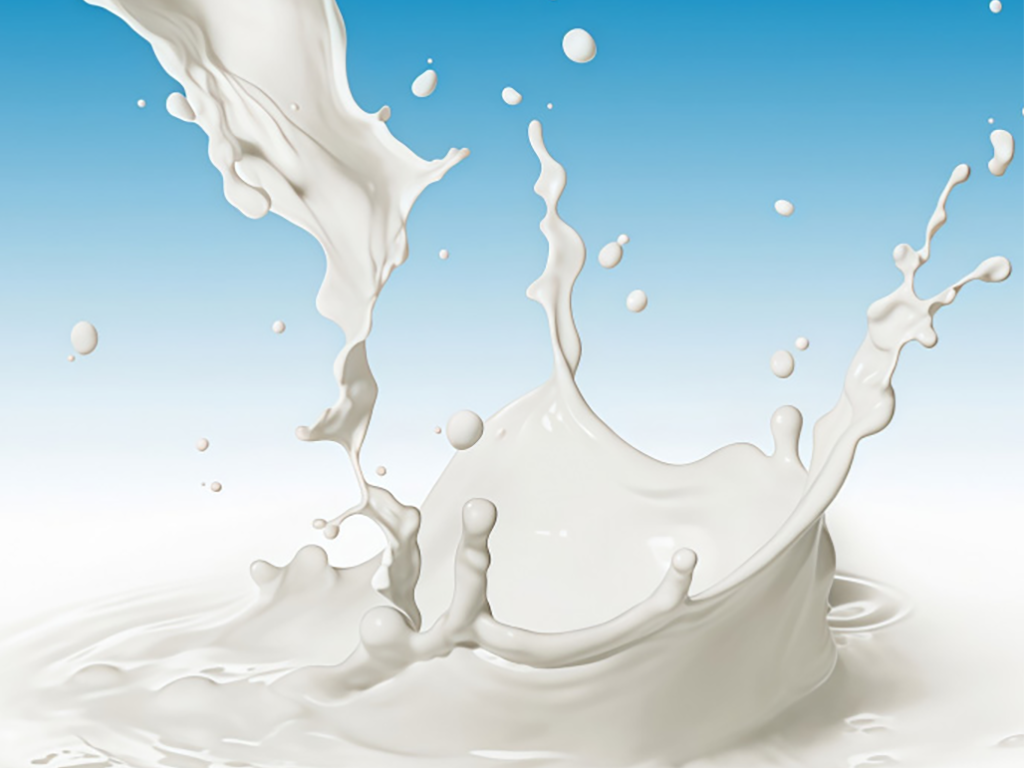Octylacrylat hat eine chemische Struktur, die durch die Formel CH₂=CH-COO-(CH₂)₇CH₃ definiert ist und aus drei wesentlichen Bestandteilen besteht: einer Vinylgruppe (CH₂=CH-), einer Carboxylat-Esterbindung (-COO-) und einer n-Octyl-Alkylkette (-CH₂CH₂CH₂CH₂CH₂CH₂CH₂CH₃). Die Vinylgruppe enthält eine reaktive Doppelbindung (C=C), die für die Polymerisation entscheidend ist und es Octylacrylat ermöglicht, mit anderen Monomeren (z. B. Methylacrylat, Acrylsäure) zu langkettigen Polymeren mit gezielten Eigenschaften zu copolymerisieren. Die Carboxylat-Esterbindung verbindet die Vinylgruppe mit der Octylkette und beeinflusst die Polarität und Verträglichkeit mit anderen Chemikalien – diese Struktur erzeugt ein Gleichgewicht zwischen Hydrophobie (von der Octylkette) und Reaktivität (von der Vinylgruppe). Die n-Octylkette, eine lineare Alkylgruppe mit 8 Kohlenstoffatomen, verleiht den Polymeren Flexibilität und eine niedrige Glastemperatur (Tg), wodurch ihre Elastizität und Leistung bei niedrigen Temperaturen verbessert werden, was sie für Klebstoffe und Beschichtungen geeignet macht, die Flexibilität erfordern. Diese Struktur unterscheidet Octylacrylat von verwandten Monomeren: Im Vergleich zu Butylacrylat (4-Kohlenstoff-Kette) hat es eine längere Alkylkette, wodurch die Flexibilität zunimmt; im Vergleich zu 2-Ethylhexylacrylat (verzweigte 8-Kohlenstoff-Kette) kann seine lineare Struktur die Verträglichkeit mit bestimmten Polymeren leicht verbessern. Das Verständnis dieser Struktur ist entscheidend, um den Einsatz in Formulierungen optimal zu gestalten, da sie das Polymerisationsverhalten, die Polymereigenschaften und die Leistung in der Anwendung direkt beeinflusst.
